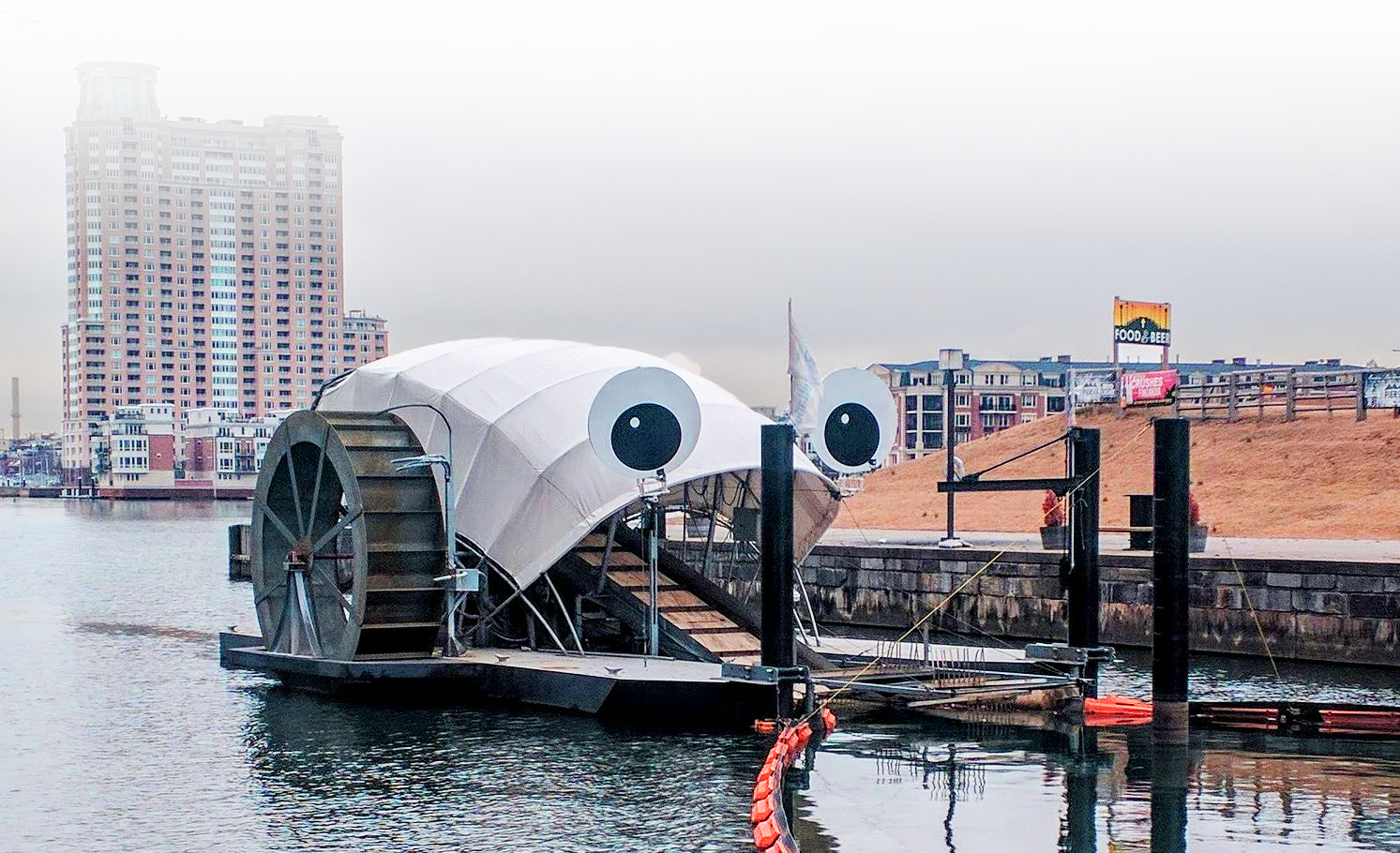
Vision & Values:
The path toward lower and more equitable taxes, and a healthier city where all are able to share broadly in our growth, is stabilizing and renewing our communities. This must be accomplished in a sustainable way—prudent, incremental rate cuts which allow the city to provide vital city services in a consistent and high-quality manner.
Leadership & Experience:
I have well-established working relationships with key programs and leaders across a variety of City agencies, especially those that are most directly connected with key community concerns. These include Health, Housing & Community Development, Planning, Recreation & Parks, Baltimore City Schools, Baltimore Police Department, the Comptroller’s Office, the Mayor’s Office of Employment Development, and the Mayor’s Office of Immigrant Affairs.
I earned a Master of Non-Profit Management from the University of Baltimore, and have served on the board of directors for four different non-profit organizations.
I am an experienced leader and administrator, well-prepared to run the councilperson’s office and to engage constructively on city systems. Across my fifteen years of professional experience in Southeast Baltimore, I’ve built and overseen an increasingly complex community-based nonprofit organization. We’ve seen membership growth of 500%, staffing growth of 650%, and general revenue growth of 1250%.
Priorities:
City Services
Recycling: The imminent return to weekly recycling is critical for managing waste on our streets and in our communities. Increasing recycling participation (and the “quality” of that participation through better understanding of what and how to recycle) needs to follow and be a significant public priority. We have some real urgency in terms of improving our waste stream.
Composting: Baltimore has ambitious goals for removing organic waste from our waste stream (an 80% decrease in residential food waste by 2040), but progress has been slow. In 2021, food and yard waste made up 21% of the waste stream, while only an estimated 3.5% of organic waste was diverted from trash. Resident drop off locations have been implemented in recent years; institutional implementation (schools, universities, and other major stakeholders) is next. But we need to continue to press forward toward a functional city-wide organic waste collection system (alongside trash and recycling), and the capacity to process that organic waste in sustainable ways.
Burning Our Trash: Baltimore’s contract with the major trash incinerator (BRESCO) runs through 2031. BRESCO represents the single greatest source of air pollution in the city. Meanwhile, a medical waste incinerator in South Baltimore broke so many state laws that it was forced to pay $1.75 million in fines, and at least one leader was found guilty of criminal action. Our primary point of emphasis in this regard, in the years leading up to 2031, must be to so significantly improve our waste stream through increased composting and recycling that we can seriously consider not renewing this contract.
Bulk Trash & Dumping: Baltimore is plagued by illegal dumping, particularly within residential neighborhoods and on public property. Some of this dumping occurs during times of housing transition (mattresses, furniture, and the like). Improvements to bulk trash services (waiting two to eight weeks for pick-up of a max of three items doesn’t work well in many circumstances) and better awareness of neighborhood drop-off services will help. Much of the dumping is commercial—small haulers, construction debris, etc. Fines for such dumping have already been increased. Enforcement is still lagging and needs to improve.
Treated Water and Sewage: There is no possible excuse for mismanaging these essential systems. The stakes for the well-being of our residents and our environment are simply too high to continue to carry on like usual. At least twice in recent years, significant portions of the city have been impacted by contamination in our drinking water. Meanwhile, both of our wastewater treatment plants were in such disarray that consent decrees and state management intervention was necessary in order to prevent ongoing and future environmental harm. Programs set in place to protect and compensate residents from sewage backups into their homes have been overly restrictive and poorly funded. That needs to change. More broadly, the City Council needs to take a much more engaged approach to accountability and systemic improvement in these key services. Privatization is not an option—but increased safety and competence is a necessity. Water billing needs to be readjusted in ways which lower rates for residents, more closely ties billing to water use (rather than pipe capacity), demands more of major institutional users (rather than subsidizing them through bulk discounts), and ensures that suburban users pay their fair share of system maintenance costs.
Taxation
Growth: The primary path to lower property tax rates in Baltimore is growth—specifically, in-fill development and increased density in growing communities, and stabilizing and rebuilding distressed communities which, at this point in time, are a massive drain on the city treasury. There’s no path to sustained property tax decreases that don’t involve rebuilding our communities (and restoring them to tax-generating status).
Property Tax Rates Aligned with Revenue Growth: Even as the City has seen steady population loss over the past decade, even as we have significantly expanded our use of targeted tax breaks, property tax revenue has increased faster than the rate of inflation. Between 2013 and 2022, actual property tax revenue increased 33.7%, against 22% inflation. And yet, not a single dollar of the $258,000,000 increase in annual revenue was used to decrease the general property tax rate of $2.248 per $100 of assessed value. To be fair, we did increase targeted tax breaks (like for market rate apartment buildings, CHAP, and all homeowners) by 59% over that time period. Such targeted tax breaks have their place to spur particular kinds of growth, particularly in historically disinvested communities. Those numbers also don’t include TIFs, PILOTs, and other indirect tax rebates for development projects. To achieve real, generalizable tax relief we have to commit a steady percentage (say, 5%) of each “new dollar” of tax revenue (over inflation) to lowering the overall rate (which hasn’t been lowered in more than a decade). We need this long-term commitment to create a more equitable tax structure in the Baltimore region, and to make it more affordable to obtain housing and operate a business in the city. This is especially true as rapidly-increasing property value assessments will drive real taxes significantly higher in the coming years, if the tax rate is left unchanged.
PILOTs: We have an opportunity as the existing Payment In Lieu of Taxes agreements expire in 2026. These are agreements reached between the city and major, high-revenue institutions thatwho pay no property taxes (hospitals and universities, particularly) in order to generate some funds to pay for necessary city services and infrastructure. Baltimore has the highest share of tax-exempt property (was 31.6% in 2014) in the state, which pinches other stakeholders in the city (residents and businesses). We must be more aggressive in negotiations ahead of 2026.
Variable Tax Rate for Vacant Properties: We need to take full advantage of the variable tax rate for vacant property which we trust will be approved in Annapolis this session. Our current tax policies actively encourage vacancy, especially vacancy driven by property speculation. The cost of purchasing and holding vacant property without any attempt at renovation or improvement is so low that “investors” buy up and sit on land for years or decades in hope that the market in the area will improve and the property can be flipped at a significant profit. This wrecks neighborhoods and makes progress much more difficult. By raising the property tax rate on vacant buildings and lots to a much higher level, we can incentivize development or sale, or can make forfeiture to the city (for rapid disposition for redevelopment) a much more likely outcome. And, yes, raising more tax revenue from vacant properties allows us to decrease tax rates on occupied homes.
Appropriate Land Valuation: Land value is taxed incorrectly and unevenly in this city. Here, the issue is not so much the rate of taxation, but is rather the uneven and inequitable valuation of the land (not the structures built on the land). Current land valuation punishes homeowners and rewards the owners of undeveloped or underdeveloped land like parking lots and gas stations. For example, in a small section of Fells Prospect in the 1st District, we have two properties across the street from one another. One is almost entirely covered by a parking lot, and carries C-1 commercial zoning (fairly valuable zoning providing for a variety of intense, revenue-generating use). The other is a rowhouse lot, with R-8 (rowhouse residential) zoning. The parking lot land (which is more valuable land, given the zoning), is valued and thus taxed at only $8.46 per square foot. The rowhouse land across the street (not the building, just the land) is valued and taxed at $218.64 per square foot. The convenience store and parking lot another block away, with that same C-1 zoning, is valued and taxed at $15 per square foot. Across the street from the store is another R-8 zoned rowhouse lot. The land under it is valued and taxed at $89.91 per square foot.
How is land a block away, with the same commercial zoning, almost twice as valued? How are they both so much less valuable than the land under the houses across the street? How is one rowhouse, one block away from the other, with the same zoning, somehow sitting on land which is twice as valuable? Residents are massively subsidizing that parking lot, and that convenience store, which could easily be put to a more intense commercial or residential use and help our communities become stronger and more vibrant. Meanwhile, extremely uneven valuations of land value per square foot within the same small area and within the same zoning designation indicate significant equity issues in how we value and tax land. Getting these valuations correct would lower property tax bills for residential properties, and ensure that everyone is paying fairly based on the real value of the land (and the zoning attached to it).
Greater Transparency & Better Data for TIFs & PILOTs: A City Council committee voted down a much-needed study of TIFs in fall 2023, which would have provided better data on past and ongoing TIFs to lawmakers, and given insights into the potential use of TIFs for neighborhood stabilization and renewal (with non-contiguous properties). It is critical that we fully understand the cost, benefit, and broader impacts of these major commitments made by our city in order to better decide how to deploy these tools in the future.
